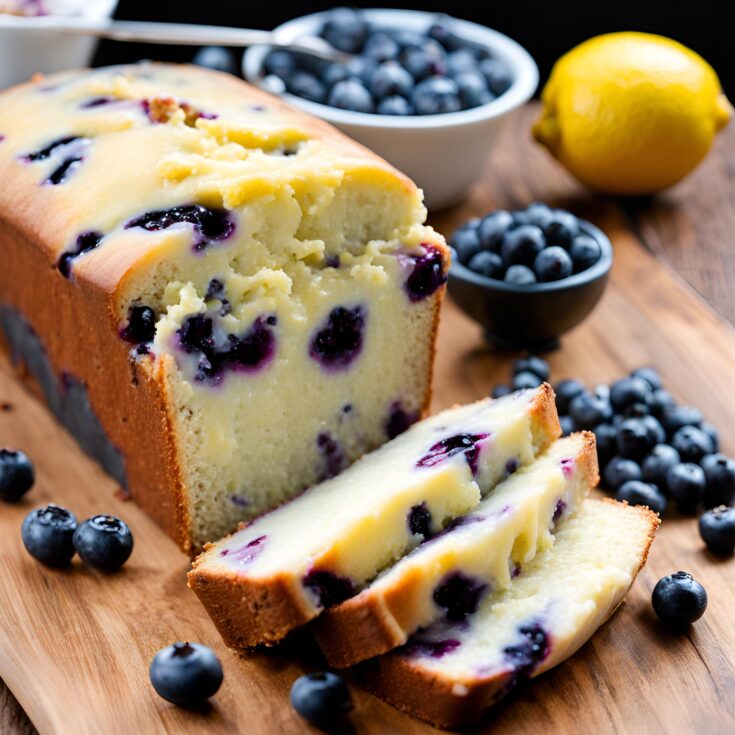Stuffed Spaghetti Squash with Broccoli, Sausage, and Cheddar Cheese
Stuffed spaghetti squash is a delightful dish that combines the natural sweetness and unique texture of spaghetti squash with savory fillings like broccoli, sausage, and cheddar cheese. This wholesome meal not only satisfies your taste buds but also provides a healthy alternative to traditional pasta dishes. Let’s explore how to create this delicious and nutritious meal step by step.

Health Benefits of Spaghetti Squash
Before diving into the recipe, let’s take a moment to appreciate the health benefits of spaghetti squash. Unlike traditional pasta, which is high in carbohydrates and calories, spaghetti squash is low in calories and packed with essential nutrients. It’s an excellent source of vitamins, minerals, and dietary fiber, making it a perfect choice for those looking to maintain a balanced diet.
Ingredients Required
To make stuffed spaghetti squash with broccoli, sausage, and cheddar cheese, you’ll need the following ingredients:
- Spaghetti Squash: 1 large
- Broccoli: 1 head, chopped into florets
- Sausage: ½ pound, Italian sausage or any preferred type
- Cheddar Cheese: 1 cup, shredded
Preparing the Squash
Begin by preheating your oven to 400°F (200°C). While the oven is heating, carefully cut the spaghetti squash in half lengthwise and remove the seeds and pulp with a spoon. Place the squash halves, cut side down, on a baking sheet lined with parchment paper. Roast in the preheated oven for 30-40 minutes or until the squash is tender and can be easily pierced with a fork.
Cooking the Filling
While the squash is roasting, prepare the filling. In a skillet over medium heat, cook the sausage until it’s browned and cooked through. Add the chopped broccoli to the skillet and sauté until it’s tender. Once the broccoli is cooked, remove the skillet from heat and stir in the shredded cheddar cheese until it’s melted and well combined.
Stuffing the Squash
Once the spaghetti squash is done roasting, carefully flip the halves over with a fork to loosen the strands. Using a fork, gently scrape the flesh to create “spaghetti” strands. Divide the sausage, broccoli, and cheese mixture evenly among the squash halves, filling each one generously.
Baking the Stuffed Squash
Return the stuffed squash halves to the oven and bake for an additional 10-15 minutes or until the filling is heated through and the cheese is melted and bubbly.
Serving Suggestions
Once the stuffed spaghetti squash is ready, garnish it with freshly chopped parsley or basil for a burst of freshness. Serve hot and enjoy as a satisfying main course or a wholesome side dish.
Variations and Customizations
Feel free to customize the stuffed spaghetti squash recipe to suit your taste preferences. You can experiment with different fillings such as spinach, mushrooms, or bell peppers. For a vegetarian option, omit the sausage and add extra vegetables or tofu for protein.
Nutritional Information
One serving of stuffed spaghetti squash with broccoli, sausage, and cheddar cheese provides approximately 300-350 calories, depending on portion size. It’s a nutrient-dense meal that offers a good balance of carbohydrates, protein, and fats.
Tips for Perfect Stuffed Spaghetti Squash
- Choose a ripe spaghetti squash with a firm, unblemished skin for the best flavor and texture.
- Be careful not to overcook the squash to prevent it from becoming mushy.
- Feel free to adjust the seasoning and spice level of the filling to suit your taste preferences.
Frequently Asked Questions (FAQs)
- Can I make stuffed spaghetti squash ahead of time?
- Yes, you can prepare the squash and filling in advance and assemble them just before baking. Store the components separately in the refrigerator until ready to use.
- Is spaghetti squash gluten-free?
- Yes, spaghetti squash is naturally gluten-free, making it a suitable option for individuals with gluten sensitivities or celiac disease.
- Can I freeze leftover stuffed spaghetti squash?
- While you can freeze leftover stuffed squash, the texture may change slightly upon reheating. It’s best enjoyed fresh, but leftovers can be stored in an airtight container in the freezer for up to 2-3 months.
- What other cheeses can I use in this recipe?
- Besides cheddar cheese, you can experiment with other varieties such as mozzarella, provolone, or Gouda for different flavor profiles.
- Can I add additional toppings to the stuffed squash?
- Absolutely! Get creative with toppings like breadcrumbs, Parmesan cheese, or a drizzle of balsamic glaze for added flavor and texture.
Conclusion
Stuffed spaghetti squash with broccoli, sausage, and cheddar cheese is a wholesome and flavorful dish that’s perfect for any occasion. With its vibrant colors, delicious flavors, and nutritional benefits, it’s sure to become a favorite in your recipe repertoire. Whether you’re looking for a satisfying main course or a nutritious side dish, this recipe has you covered.
Get ready to impress your family and friends with this mouthwatering creation that’s as easy to make as it is delicious!
Source: juliasalbum.com
Lemon Blueberry Yogurt Loaf

Imagine biting into a slice of moist, tangy lemon blueberry yogurt loaf. The burst of fresh blueberries combined with the zesty lemon flavor creates a taste sensation that’s perfect for any time of the day. Whether you’re enjoying it with a cup of coffee in the morning or as a sweet treat in the afternoon, this recipe is bound to become one of your favorites.
Ingredients
- For the Loaf:
- 1 1/2 cups all-purpose flour
- 2 teaspoons baking powder
- 1/2 teaspoon salt
- 1 cup Greek yogurt
- 1 cup granulated sugar
- 3 large eggs
- 2 tablespoons lemon zest
- 1 teaspoon vanilla extract
- 1/2 cup vegetable oil
- 1 1/2 cups blueberries fresh or frozen
- 1 tablespoon all-purpose flour
- For the Lemon Syrup:
- 1/3 cup freshly squeezed lemon juice
- 1 tablespoon granulated sugar
- For the Lemon Glaze:
- 1 cup icing sugar
- 1/4 cup freshly squeezed lemon juice
- 1 teaspoon vanilla extract
- Milk as needed, to adjust the consistency of the glaze
Instructions
- Preparation: Preheat the oven to a temperature of 350°F. Thoroughly grease an 8.5×4.5×2.5 inch loaf pan using butter or an appropriate cooking spray. Subsequently, dust the pan lightly with flour.
- Dry Ingredient Mixture: In a large mixing bowl, sift together 1 1/2 cups of all-purpose flour, baking powder, and salt. Once combined, set aside.
- Wet Ingredient Mixture: In a separate mixing bowl, whisk the Greek yogurt, granulated sugar, eggs, lemon zest, vanilla extract, and vegetable oil until the mixture achieves a smooth consistency.
- Combining Wet and Dry Mixtures: Gradually introduce the wet ingredient mixture to the dry ingredient mixture, whisking them together until they are uniformly combined.
- Blueberry Preparation: In a smaller bowl, gently coat the blueberries with 1 tablespoon of all-purpose flour. This procedure ensures that the blueberries remain suspended within the loaf and do not settle at the bottom. Subsequently, fold the blueberries into the batter with care.
- Baking: Transfer the prepared batter into the loaf pan. Place the pan in the preheated oven and allow it to bake for approximately 50 minutes. However, it is crucial to note that the precise baking time may vary based on the specificities of the oven. It is advisable to verify the loaf’s readiness by inserting a toothpick into its center. If the toothpick emerges clean, the baking process is complete. In some cases, the baking time may extend up to 1 hour and 10 minutes.
- Lemon Syrup Preparation: During the baking process, prepare the lemon syrup. In a small saucepan, combine the freshly squeezed lemon juice and granulated sugar. Heat the mixture until the sugar completely dissolves and the liquid becomes clear. Set aside for later use.
- Cooling the Loaf: After baking, remove the loaf from the oven and allow it to cool within the pan for approximately 10 minutes. Following this, transfer the loaf to a baking rack, ensuring that the rack is positioned over a baking sheet. With a skewer or toothpick, puncture the loaf in several places, then evenly pour the prepared lemon syrup over the loaf. Allow the loaf to cool completely.
- Lemon Glaze Application: Prepare the lemon glaze by whisking together the icing sugar, freshly squeezed lemon juice, and vanilla extract. If the glaze appears too thick, it can be thinned using milk, adding one tablespoon at a time until the desired consistency is achieved. Once the loaf has completely cooled, it can be uniformly drizzled with the lemon glaze. After allowing the glaze to set, the loaf is ready to be sliced and served.

